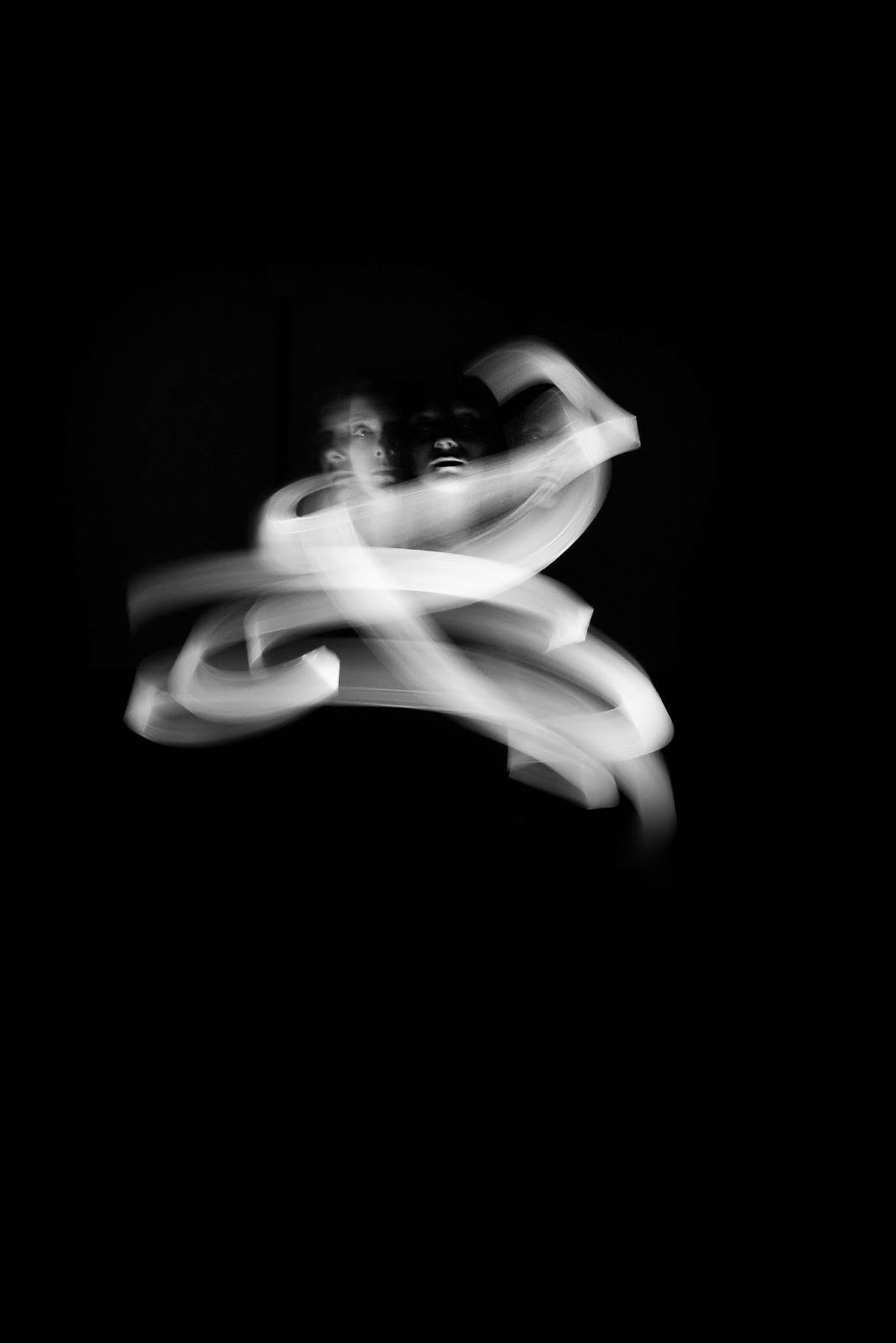Grade 10 Photo Majors.......
Your "rough draft" is due Thursday, February 19th
The "good copies" are due Monday, March 2nd
- 5 outstanding, edited, photos that showcase FAST shutter speed (frozen action)
- 5 outstanding, edited photos that showcase SLOW shutter speed (motion blur)
~The trick is...because you're in grade 10, your images must tell a story or have a theme. You can present 2 sets of 5, or one big set of 10. Your images may be film or digital....posted on the class blog, or printed and hung on the magnetic presentation board. Your choice!~
I will be marking these 6 images on the following criterea:
Photographers, please note: Ms. Echols does not require contact sheets for this assignment. However, she is expecting you to experiment and take LOTS of photos. She also wants to see evidence of you brainstorming & planning your photo shoot in your process journals.
I will be marking these 6 images on the following criterea:
- Image is in focus (even with motion blur, some aspect of the photo should still be in focus)
- Good composition (one of the 7 compositional devices must be present)
- Interesting subject matter
- 6 different locations
- Originality & creativity
- Correct exposure & contrast
- Straight horizon lines
Photographers, please note: Ms. Echols does not require contact sheets for this assignment. However, she is expecting you to experiment and take LOTS of photos. She also wants to see evidence of you brainstorming & planning your photo shoot in your process journals.



.JPG)








%2Bedited.jpg)
%2Bedited.jpg)
%2Bedited.jpg)






